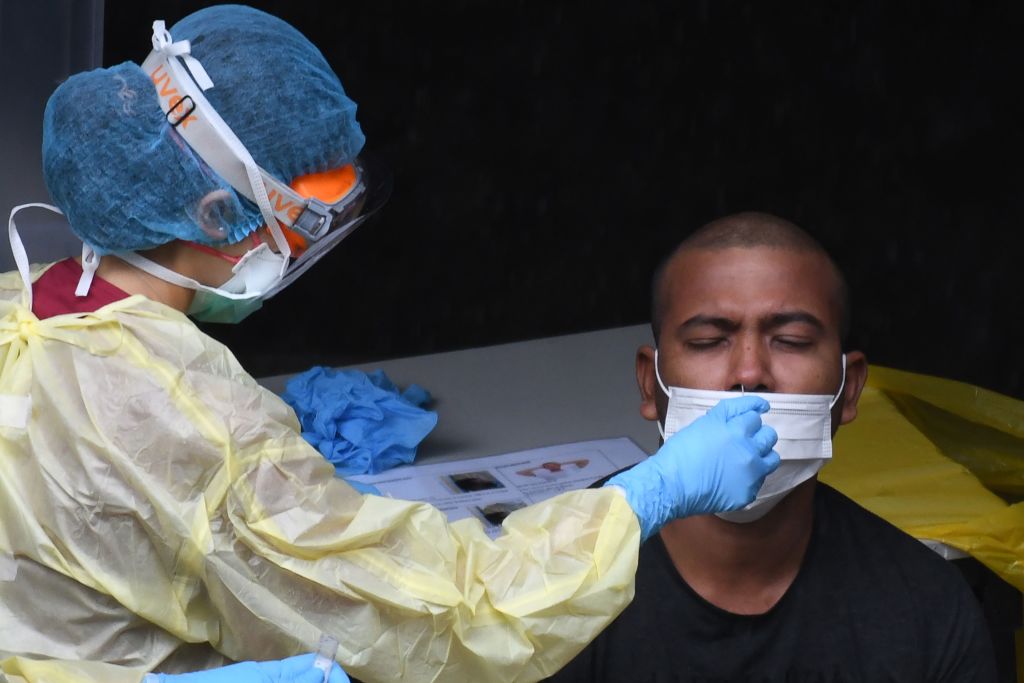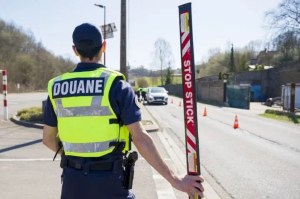Singapore has been praised around the world for its coronavirus response. Early on, the city-state closed its borders and began tracking its citizens. It paid the hospital bills of people with suspected COVID-19, and made early moves to address the economic fallout of the disease, with a $2.8 billion (S$4 billion) Stabilization and Support package for struggling businesses and workers.
Yet despite these initial successes, the government’s blind spot when it comes to Singapore’s 1.4 million migrant workers has recently caused case numbers to spiral — increasing fivefold in just over two weeks. As a result, Singapore has been forced to extend its lockdown by an additional month.
Nearly 95 percent of Singapore’s new cases have spread in dormitories used by foreign workers. Many of these migrants hail from South Asia and work on construction sites; they are by far the lowest-paid and most vulnerable group of people in Singapore. Living standards in dormitories are low — migrants live in cramped rooms of up to 12 people, sometimes infested by cockroaches where the toilets overflow with waste. It goes without saying that self-isolation in these conditions is impossible.
Even before the infection rate began spiraling out of control, medical experts and NGOs flagged this demographic as at-risk of infection. Yet they were largely ignored by the government, as Singaporeans enjoyed the global accolades for their then-successful containment of the virus.
Now that the number of coronavirus cases has increased, Singapore seems far less impressive to the rest of the world, especially in comparison to its east Asian neighbors like South Korea and Taiwan. Yet although Singapore may have more infections, it can still act as a role model for other countries battling COVID-19. It has had no social unrest, unlike in Paris, and no silly anti-lockdown protests like in the US. Some attribute this to the broader authoritarian climate in Singapore, but in many ways Singaporeans are admirable precisely because they are willing to sacrifice some individual liberties for the sake of the most vulnerable.
In other countries, it would be easy to see foreign workers blamed for the rise in infections. Instead, Singaporeans have largely been supportive of government efforts to help this demographic. In a recent speech, Lee Hsien Loong, the prime minister, noted the integral role foreign workers play in Singapore’s economy, particularly in the construction sector. And most Singaporeans sympathize with migrants who have families to support in South Asia, given we are an island of immigrants ourselves and many of our ancestors were also foreign laborers.
The government’s disregard of migrant workers’ health and safety standards is indeed inexcusable and must be addressed. Still, they have been quick to rebut and criticize newspapers who have made xenophobic comments about foreign workers. The Home Affairs and Law Minister K. Shanmugam recently lambasted local paper Lianhe Zaobao for sweeping generalizations blaming foreign workers’ habits for the rise in infections.
Local communities have also raised funds and provided support to foreign migrants, over and above existing government programs. By April 20, as part of an initiative called ‘MaskForce’, over 1.3 million cloth masks had been collected to be distributed among the dormitories. Food stalls, which have seen a plunge in demand, now prepare and deliver free meals to these workers. Various NGOs, like the COVID Migrant Support Coalition, have volunteers distributing food packages. The Migrant Workers’ Centre (MWC) raises funds for basic necessities and financial assistance to those workers in need.
Singapore is a prime example of a community that thrives off its multiracial heritage and cares for those who, in other countries, would be labeled ‘aliens’. Instead of degenerating into racism and xenophobia, it has mobilized to help foreign workers, having recognized their contributions to Singapore as a community.
Yes, Singapore’s mistakes are now obvious, but the government has admitted its mistakes and is willing to learn from them. And maybe this island city-state, with a tiny population, still has something to teach the world about the importance of mucking together, and ethnic harmony in the face of adversity.
This article was originally published on The Spectator’s UK website.


















